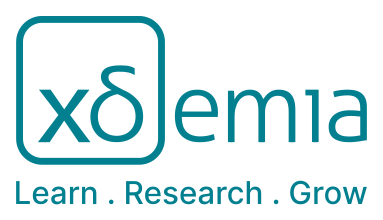Power Electronics for Photovoltaic and Wind Energy Systems - Introduction and Overview
8 Enrollments Level : AdvancedRelevance
Power electronics play a crucial in the integration and efficiency of renewable energy systems, particularly in photovoltaic (PV) and wind energy applications. These technologies facilitate the conversion and control of electrical power, ensuring that energy extracted from renewable sources is efficiently delivered to the grid or utilized in off-grid applications.
In the context of photovoltaic systems, power electronics are primarily used in the form of inverters. PV panels generate direct current (DC) electricity, which inverters then convert into alternating current (AC), the form required by most electrical grids and household appliances. In addition to this conversion, power electronics enhance the overall efficiency of PV systems through maximum power point tracking (MPPT). MPPT algorithms constantly adjust the electrical operating point of the modules, maximizing the energy harvested from the solar panels under varying environmental conditions.
For wind energy systems, power electronics manage the variable frequency and voltage of the electricity generated, as the rotational speed of wind turbines can fluctuate with wind speed. Advanced converters, including rectifiers and inverters, are employed to ensure that the output is compatible with grid standards. This capability is essential for ensuring that the energy produced is stable and reliable, reducing stress on the grid and enhancing overall system efficiency.
Overall, the advancements in power electronics are critical for the reliable integration of renewable energy sources, facilitating increased energy efficiency, stability, and scalability in both PV and wind energy systems. As the demand for clean energy continues to escalate, ongoing innovations in this field will play a pivotal in advancing global renewable energy solutions.
Abstract
This material provides an introduction to power electronics used in photovoltaic and wind energy systems. It covers the interactions of different converter stages, explaining their specific properties and tasks. The course includes an overview, which is easier to understand with initial content slides. Practical exercises involve simulations using PLECS, starting with setting up the simulation environment.
Learning Outcomes
The Students
gain a profound knowledge on general converter-stage configurations for PV- and wind energy systems
can explain the general control functionalities and tasks of the specific converter stages
and make first steps in the simulation software tool PLECS
in order to
categorize contents of the following lectures within the overall system
understand boundary conditions in the subsequent lectures
conduct the simulations
Prior Knowledge
Basics of Power Electronics
Keywords
- Photovoltaic Systems
- Wind Energy Conversion Systems
- AC DC Converters
- Inverters
- DC DC Converters
- MPPT Maximum Power Point Tracking
- Grid Integration
- Renewable Energy Sources
